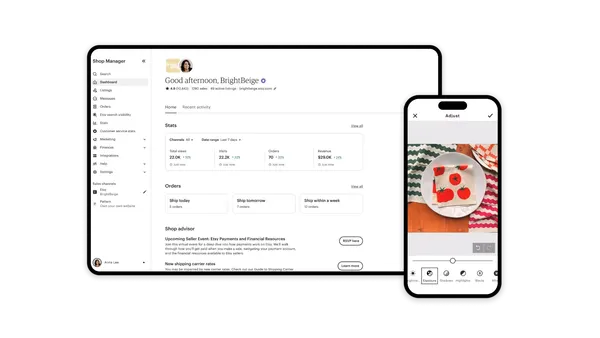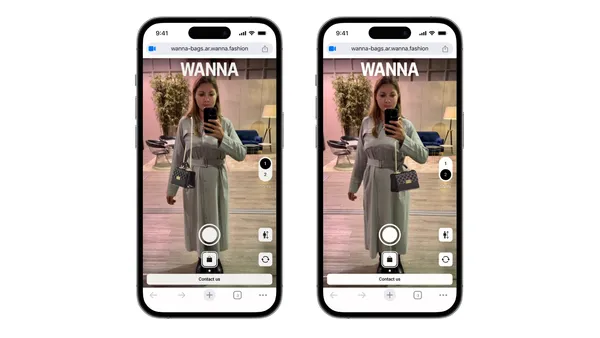The unprecedented pandemic resulted in a rush of retail innovations that helped many retailers unlock value and improve the customer experience while turning other retailers into casualties of this worldwide disruption – and the changes are likely far from over.
Consider the three trends disrupting the traditional retail world and, if harnessed, may help retailers thrive in this new and ever-changing environment.
1. Live Commerce
Digital shopping isn’t a new concept, but during the pandemic, many more people actively ordered goods and services at the push of a button. The rise of social media has enabled brands to scale up at an unprecedented rate. Retailers are now experimenting with live commerce in more creative ways, driving excitement among shoppers and opening new purchasing opportunities as part of a wider omnichannel strategy.
Themed online events are expected to drive new revenue capture, while integrated livestream shopping campaigns have continued to spread globally.1 Live events have increased in an effort to bring shoppers back in-store.2 By 2023, 40% of retailers will have integrated livestreaming capabilities into their commerce platforms, increasing eCommerce conversion rates dramatically.3
To succeed in this omnichannel world, retailers need more than just an eCommerce website. They must engage their audiences with features like live commerce and the ability to accept payments across a wider variety of channels.
2. Subscription Services
The growth of eCommerce and the shifts in working patterns during the pandemic also led to a boom in subscription services. In some markets, subscription commerce has doubled in size between 2017 to 2020.4
The nature of subscriptions enables retailers to foster greater loyalty among customers. Because customers continue to pay a fixed price via recurring payments for an ongoing service, it is essential to find a payments partner that enables retailers to accept recurring payments via all major payment cards and regional cards in multiple currencies.
3. Merging of online and in-store experiences
Although the above trends suggest a fragmentation of the retail ecosystem, there is a powerful counter-trend: The growing importance of smartphones across the customer journey. This convergence is occurring both online and in-store to an extent that the distinction between digital and physical often no longer applies.
Consumers are more satisfied shopping with merchants that integrate mobile and digital features into the physical store experience, with 34% of shoppers using smartphones to assist their in-store shopping experiences in 2022.5 Today’s mobile-savvy shoppers may no longer need to interact with in-store sales associates directly; they now have all the information they need at their fingertips – from pricing to inventory to discount coupons.
Retail innovations including live commerce, subscription services, and the merging of online and in-store experiences can provide retailers new avenues for growth, profitability, and loyalty. Digital payments are key to harnessing these disruptive trends while enabling customers to pay how they want. As retailers strive to unlock these new opportunities, they will need a payments partner that may provide the flexibility and expertise to design a tailored experience for their customers.
1.IDC FutureScape: Worldwide Retail 2022 Predictions: IDC (October 2021)
2. Ibid.
3. Ibid.
4. UK Post-Pandemic Retail: 5 Disruptive Trends and What They Mean for Retailers: Inside Intelligence (November 2021)
5. PYMNTS and Cybersource. “The 2022 Global Digital Shopping Index.”










